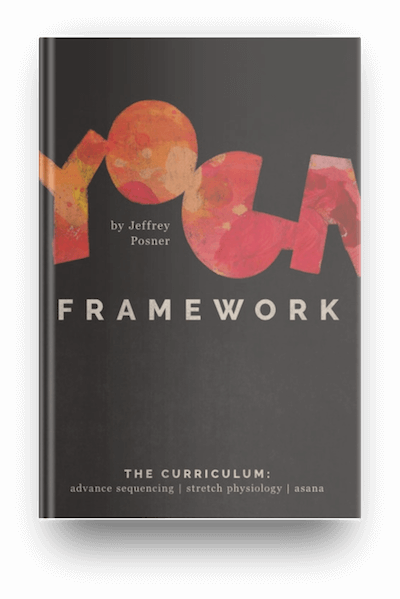4-7-8 breathing benefits have captured the attention of many seeking relief from anxiety and stress. Developed by Dr. Andrew Weil, the 4-7-8 breathing technique, also known as Relaxation Breath, encourages practitioners to breathe in for a count of four, hold for seven, and exhale for a count of eight. This practice is rooted in pranayama, an ancient yogic method designed to promote relaxation and activate the parasympathetic nervous system.
Understanding the 4-7-8 Breathing Technique
To grasp the 4-7-8 breathing benefits, it’s crucial to understand how this technique functions. By inhaling through the nose for four counts, you fill your lungs with air, thus increasing oxygen levels in your blood. Holding your breath for seven counts enhances this effect, allowing your body to absorb oxygen more efficiently. Finally, exhaling through the mouth for eight counts releases carbon dioxide and promotes a deeper state of calm. The calculated breathing rhythm helps counteract the sympathetic nervous system’s stress responses by stimulating the relaxation response.
This breathing technique’s impact on reducing anxiety has been highlighted in several studies. For instance, research indicates that individuals undergoing bariatric surgery who practiced the 4-7-8 technique experienced significant reductions in anxiety levels compared to those who did not engage in such breathing exercises. Notably, the 4-7-8 breathing method not only calms the mind but may also lower cortisol levels, supporting overall well-being.
Physical and Psychological Benefits of 4-7-8 Breathing
The mental relief offered by the 4-7-8 breathing technique is just one aspect of its holistic benefits. Practicing this method improves heart health by enhancing the distribution of oxygen throughout the body, as noted in various health studies. Furthermore, it can act as a natural remedy for insomnia; many users report falling asleep more swiftly after incorporating this technique into their pre-sleep rituals.
Additionally, practitioners have discovered that 4-7-8 breathing can help with controlling physiological symptoms related to anxiety, such as a racing heart or shallow breathing. Consequently, by integrating this technique into daily life, one may experience more balanced emotional health and improved stress management.
Side Effects and Precautions
Despite the numerous 4-7-8 breathing benefits, it’s essential to consider potential side effects. While this technique is generally safe, some individuals may experience lightheadedness, especially when they first start practicing. It is advisable to practice while seated or lying down to mitigate dizziness. If any negative sensations persist, it’s best to consult with a healthcare professional.
Moreover, understanding individual limits is vital. If you are currently managing a medical condition or have respiratory issues, consulting a doctor before starting any new breathing practices is prudent.
Comparative Insights with Other Cultural Practices
Interestingly, various cultures have employed similar breathing techniques through the ages. For example, Tibetan sound bowl meditations often pair with breathing exercises, enriching the experience and facilitating deeper relaxation. This cross-cultural perspective adds a layer of depth to the 4-7-8 breathing method, showing its relevance in a broader context.
That is to say, while the technique itself is grounded in yogic traditions, its applications extend beyond individual practice. Exploring these multilayered traditions enhances our understanding of breathwork’s significance in holistic health.
Practical Tips for Incorporating 4-7-8 Breathing into Your Routine
If you’re new to the 4-7-8 breathing method and are keen to embrace its benefits, here are some practical steps to integrate it into your daily routine:
- Start by finding a quiet place where you can focus without distractions.
- Begin by comfortably sitting or lying down, allowing your body to relax.
- Inhale deeply through your nose for four seconds, hold for seven seconds, and exhale through your mouth for eight seconds.
- Repeat this cycle for up to four breaths initially, gradually increasing as you become more accustomed.
- Incorporate this into your pre-bedtime ritual to optimize sleep quality over time.
With consistent practice, over days or weeks, individuals often report significant improvements in overall stress levels and sense of calm.
Conclusion
In short, the 4-7-8 breathing benefits are numerous, spanning from improved mental health to enhanced physical well-being. As a technique grounded in ancient practices, it has demonstrated significant relevance in modern wellness practices. While most people can enjoy its advantages safely, it’s always wise to remain mindful of personal health conditions. Those interested in deepening their understanding of breathwork can find further valuable insights in the resources available, such as this exploration of breathwork for wellness and this discussion on yoga and stress relief. By diving deeper, you can uncover even more about the myriad ways breathing practices can enhance your life.

